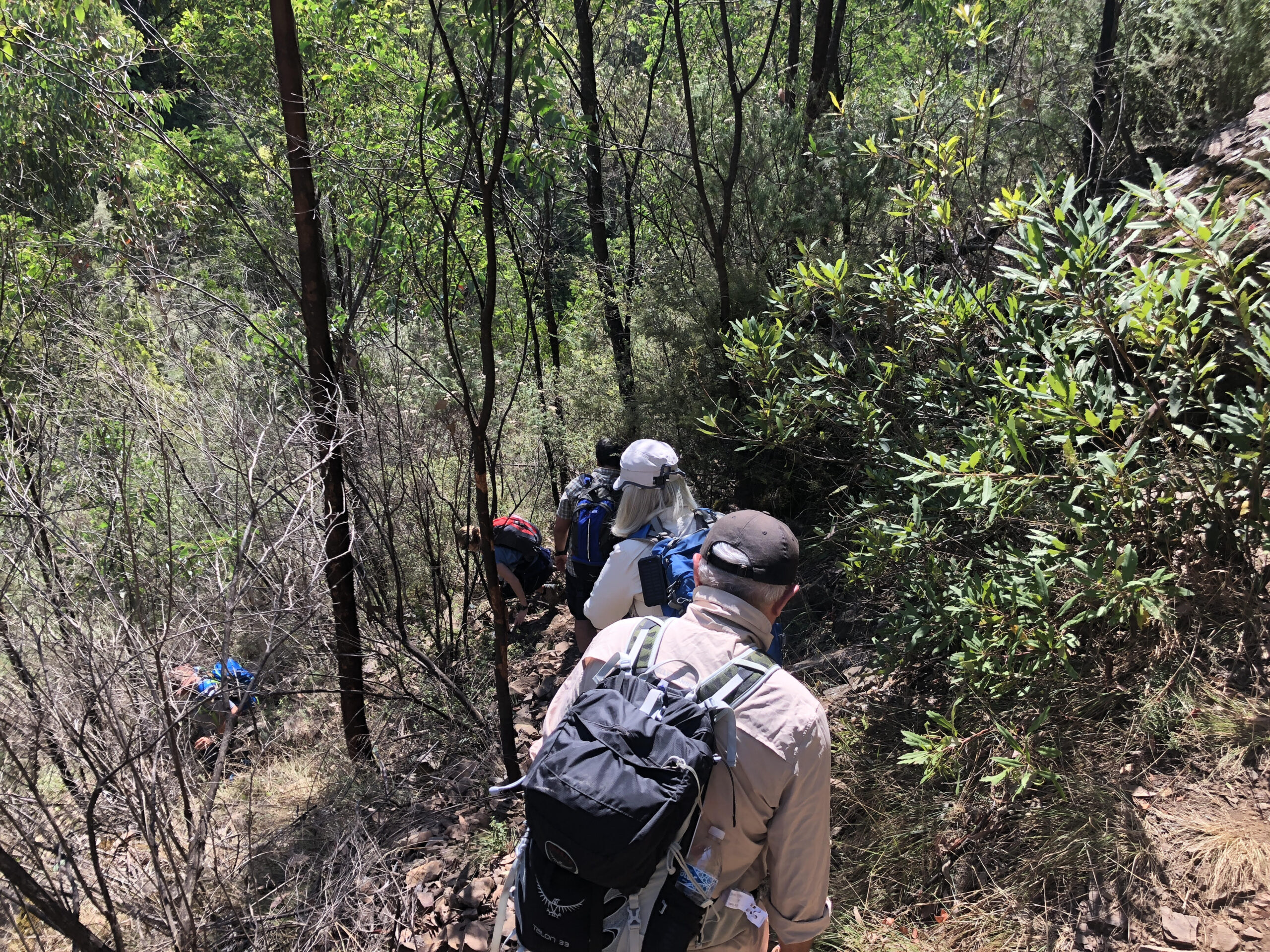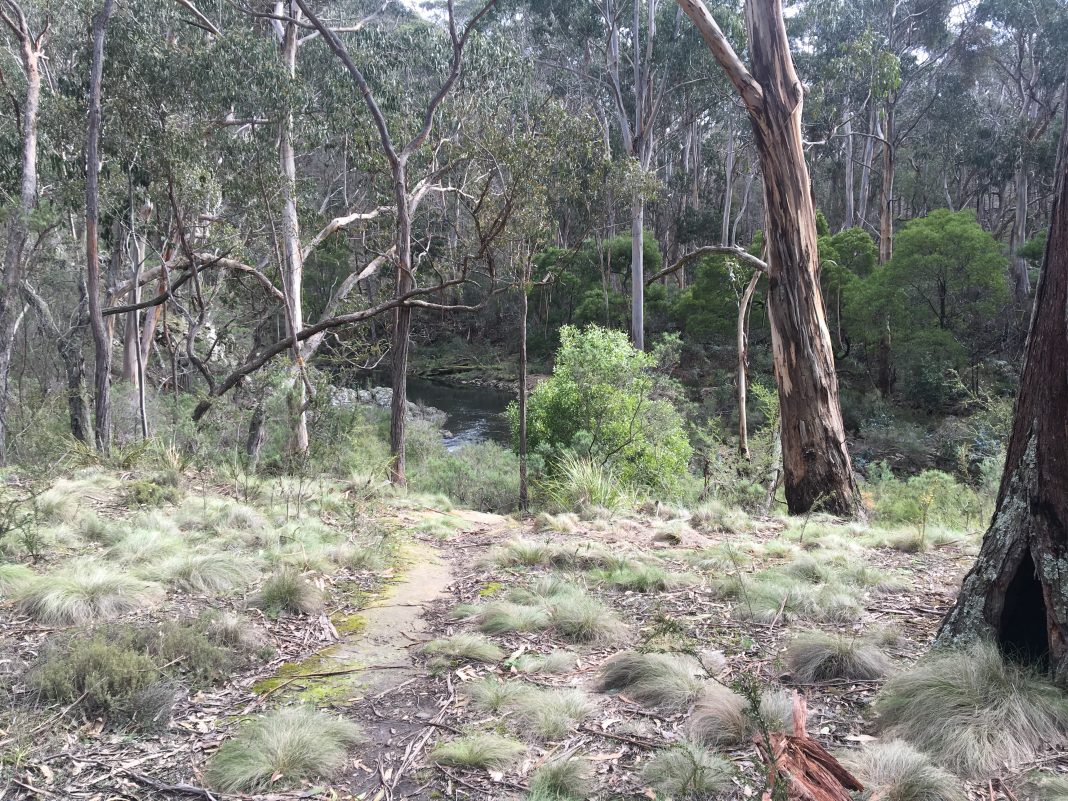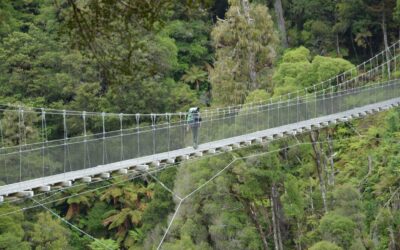If you’re into hiking as much as I am, you’ll know that each trail has a track grading in accordance with the Australian Walking Track Grading System.
This gives the hiker an idea of the terrain and difficulty of the hike before, and if they can attempt it.
This is extremely handy for those who don’t hike a lot and those who have never attempted the walk, based on the hike or walk they are potentially about to do.
 Track Grading System and What It Means
Track Grading System and What It Means
According to the Australian Walking Track Grading System, there are five grades and they are defined as the following:
- Grade One: suited for the disabled with assistance
- Grade Two: suitable for families with young children
- Grade Three: recommended for people with some bushwalking experience
- Grade Four: recommended for experienced bushwalkers
- Grade Five: recommended for very experienced bushwalkers
Given that safety should be high on your priority list when you hit the trail, you should pay close attention to these grades and really consider whether you are capable of completing the walk.
Certainly, other factors such as weather come into play, however, these grades are based on best-case scenarios and should be followed based on your hiking experience, fitness, and whether you have others with you who depend on you.
In saying that, the grading system isn’t perfect. In fact, the DEPI website states that it can be inconsistent.
 So, How Do I Know If I’m Capable of Completing the Hike?
So, How Do I Know If I’m Capable of Completing the Hike?
As with any decision, you should consult websites and other people who have previously completed the hike you are going to do.
As mentioned, the track grading system isn’t perfect and while it does give you some idea of the trail conditions and level of difficulty, it’s always a good idea to find out from others what you can expect.
It’s all about having all the information you can get your hands on, so you can make an informed decision.


